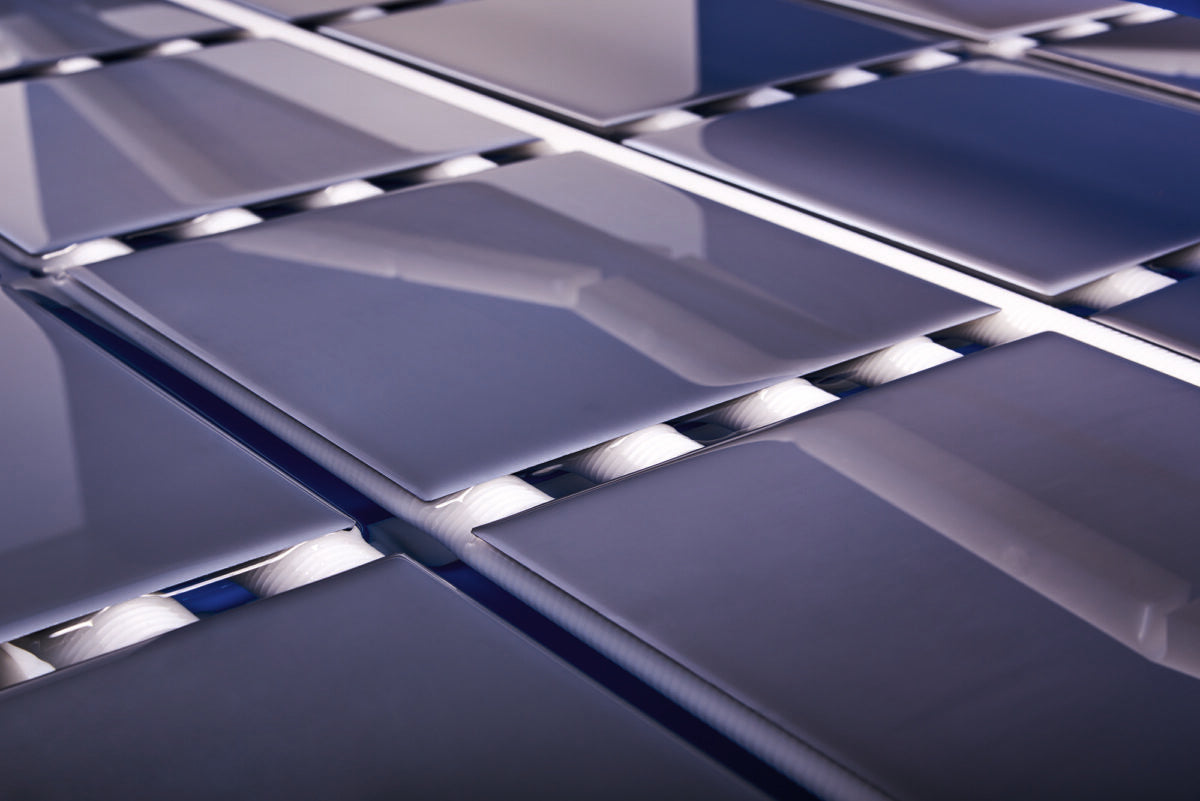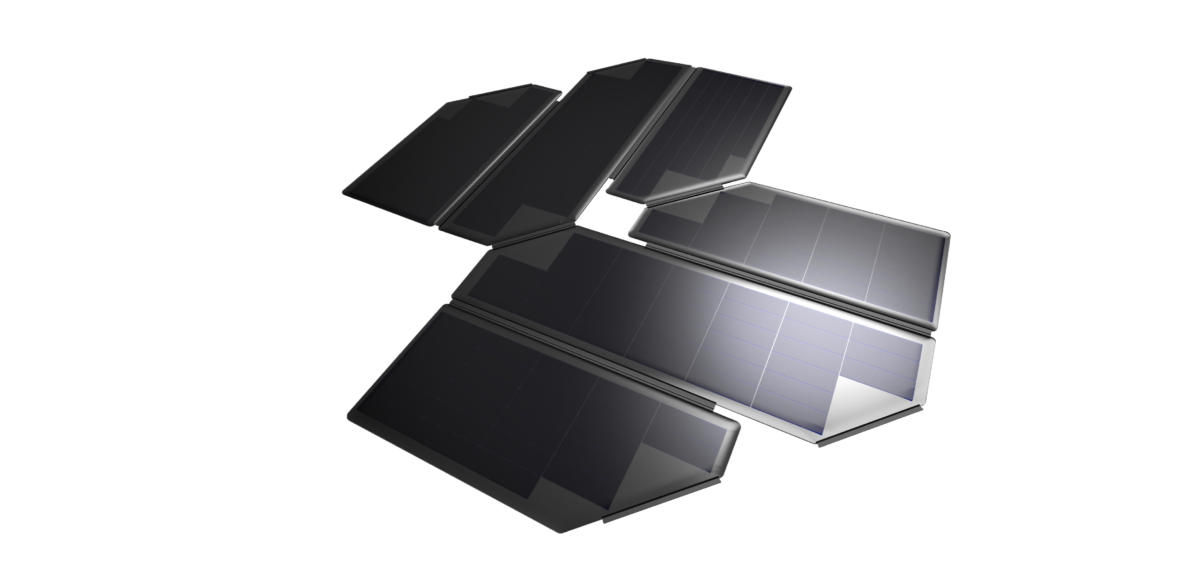https://pv-magazine-usa.com/2023/08/18/pv-wafer-formats-continue-to-evolve/
PV wafer formats continue to evolve

Image: RENA Technologies
Cost reduction and efficiency improvement are the shared pursuits of the PV industry, with the former of vital importance in the wafer sector. Manufacturers strive to seek the best wafer thickness and format, leading to the current technology roadmaps for fabricating thinner and larger wafers.
With tier-1 manufacturers taking the lead, the mainstream thickness of positively-doped, p-type wafers now sits at 150 microns and the typical thickness of n-type wafers is 130 microns.
While wafer thickness appears to be gradually unifying, wafer size and shape is a different story. Between 2013 and 2017, 156 mm “M0” and 156.75 mm “M2” wafers dominated the market upon the emergence of aluminum back surface field solar cell technology.
Module makers kept the width at 1,134 mm to stack two arrays of pallets in a 40 ft shipping container without exceeding the door opening height. In addition to the original spec of 2,278 mm for modules with a higher cell count, manufacturers also innovated while keeping the length within 2,386 mm, in order to house 20 pallets in a 40-foot cube container. Considering EU structural design standards the “Eurocodes,” some tried to keep the length of modules with smaller cell counts within 2 m.
Diversity reigns
The resulting myriad of wafer formats brings chaos and inconvenience to the PV industry. Non-vertically integrated companies selling or buying customized wafers are having a hard time. Wafer makers have to negotiate orders for rectangular wafers in each format, while cell and module makers struggle to sell leftover customized products. Adjusting fixers or encapsulant, glass, and other components pushes up costs, testing the supply chain management ability of manufacturers.
End users must track the changes of module specs because such diversification complicates system design and management. Once module specs change, customers have to adjust their BOS equipment accordingly, including the distance between mounting holes, the tracking systems, and inverters. Dispatching solar module supply also becomes more difficult for them.
Despite the heterogeneity, and the absence of an official announcement from any module maker, this year’s SNEC and Intersolar Europe trade shows featured modules from leading manufacturers comprised of rectangular wafers that displayed a smaller disparity in specs.
The length of 45-cell and 48-cell modules still varied between 1,722 mm, 1,762 mm, and 1,780 mm, however. As for 66-cell and 72-cell modules, in addition to the regular 2,278 mm by 1,134 mm, there was also a gain in popularity for 2,380-something mm by 1,134 mm devices. In mid-June, nine manufacturers were reportedly on board for unified module specs, paving the way for the future standardization of modules.
About the author: Alan Tu is an assistant analyst with InfoLink Consulting’s solar research team. He focuses on solar demand and national policies, monitoring the changing policy trajectory, and potential PV industry impacts.
The views and opinions expressed in this article are the author’s own, and do not necessarily reflect those held by pv magazine.
This content is protected by copyright and may not be reused. If you want to cooperate with us and would like to reuse some of our content, please contact: editors@pv-magazine.com.



